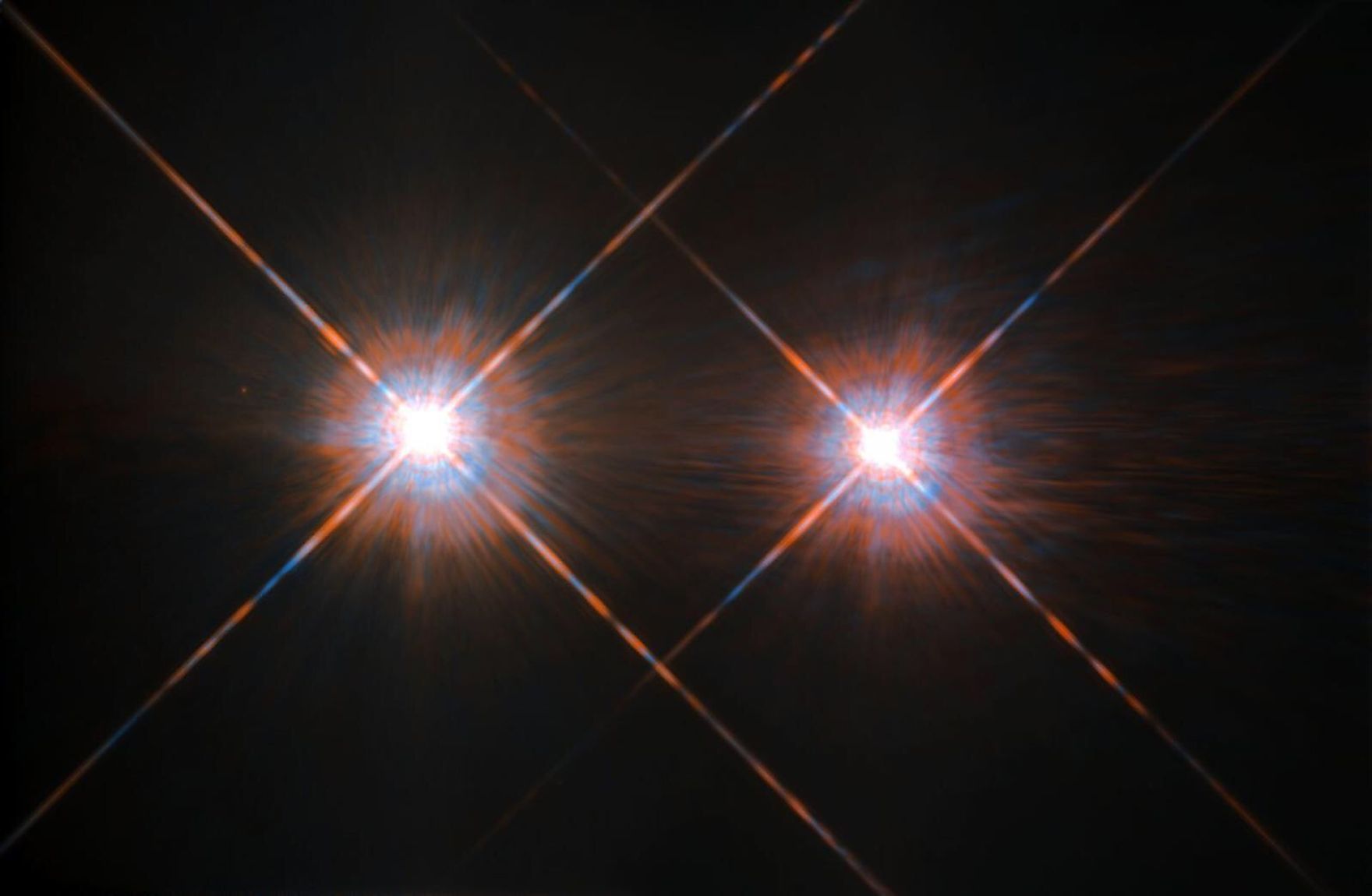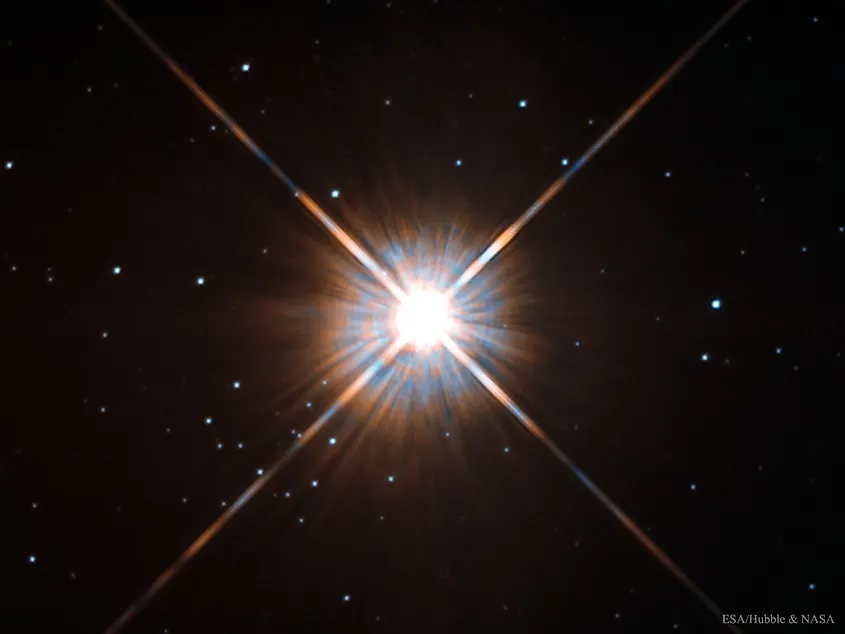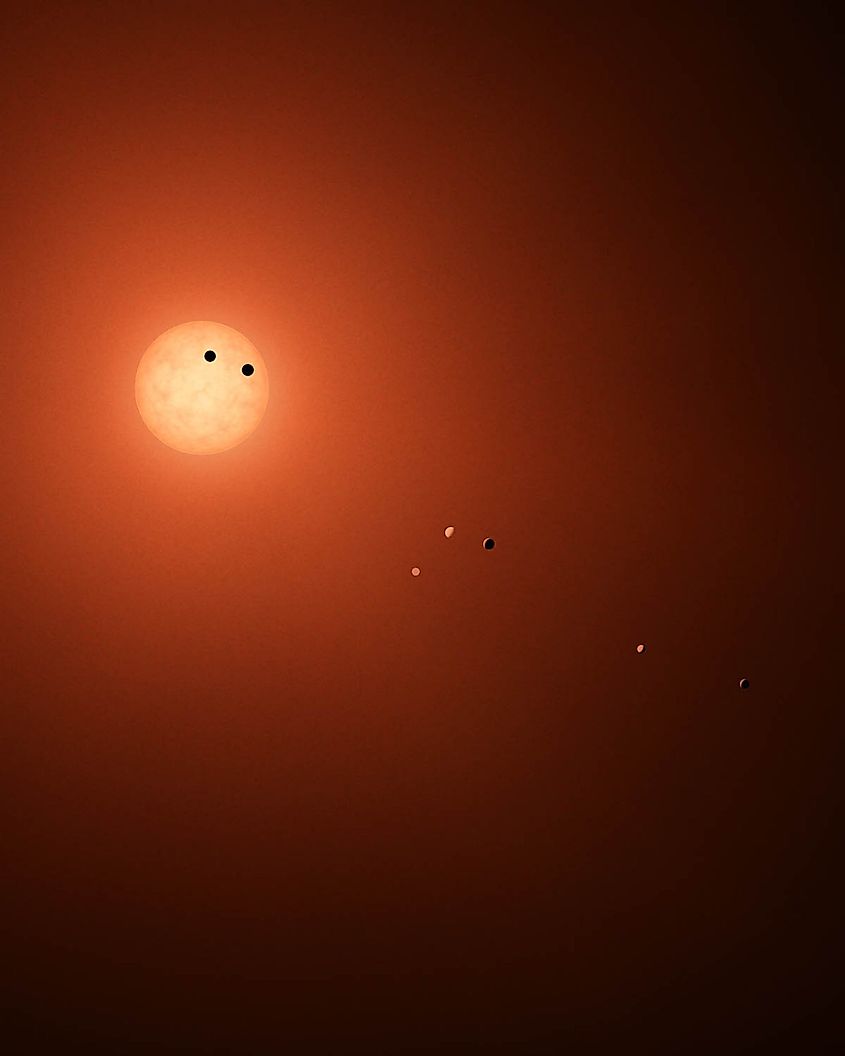
Red Dwarf Stars
- Red dwarf stars are the most common type of the star in the universe
- Red dwarf stars are the smallest, dimmest, and longest-lived stars in the universe
- Most planets found around other stars have been found around red dwarfs
Stars come in a wide variety of types. The most common type of star in the universe is the red dwarf, which is also the smallest type of star. As the smallest and lowest mass stars in the universe, red dwarfs are also the dimmest stars in the cosmos. In fact, although the majority of the closest stars to the sun are red dwarfs, not a single one is visible to the naked eye. The nearest star to the sun, called Proxima Centauri, is a red dwarf star, and despite being only 4.2 light years away, it is not even visible with a small telescope. What are some of the characteristics of red dwarf stars?
Characteristics Of Red Dwarfs

Like every other star in the universe, red dwarf stars are powered by the fusion of hydrogen nuclei in their core. Despite their lower temperatures and pressures, hydrogen fusion still occurs within the cores of red dwarf stars, albeit at a far slower rate than high mass stars. Interestingly, how heat moves through a red dwarf star is different than for other stars. In medium to high mass stars, pressures are so high that heat generated from fusion in the core cannot move through convection. Rather, high mass stars rely on radiation to transport heat from their core. Since red dwarf stars experience far less pressure than their larger counterparts, heat is able to move by convection. This leads to a rather interesting outcome. Since heat can move through a red dwarf star more efficiently, there is less helium buildup in their cores. As a medium to high mass star fuses hydrogen into helium in their cores, the lack of convection causes helium to build in the core. This reduces the amount of hydrogen that a star can fuse, and thus lowering the amount of time the star can exist for. Since red dwarf stars do not experience a buildup of helium in their cores, they can exist far longer than other types of stars. The most massive stars in the universe will generally burn through their supply of hydrogen in less than 10 million years. Meanwhile, red dwarf stars can continue fusing hydrogen in their cores for hundreds of billions to even trillions of years. In fact, red dwarf stars exist for so long that every red dwarf in the universe is still considered to be young. The largest known red dwarfs in the universe are only about 10% as bright as the sun. Red dwarfs range from as small as 0.08 solar masses to 0.6 solar masses. Red dwarfs generally have surface temperatures of around 3,100 degrees Fahrenheit (1,700 degrees Celsius).
Planets Around Red Dwarfs

Scientists have confirmed the existence of over 4,000 planets around other stars. The vast majority of these planets have been found orbiting red dwarf stars. Several factors have resulted in so many exoplanets being found around red dwarfs. Since red dwarf stars are the most abundant type of star in the universe, they will inevitably be orbited by the majority of planets in the universe as well. Furthermore, methods used for finding exoplanets work amazingly well at finding planets around red dwarfs. The two most prominent exoplanet detection methods are the radial velocity method and the transit method. The radial velocity method relies on detecting the gravitational pull a planet exerts on its star, with lower mass stars being pulled more strongly by their planets. The transit method relies on looking for planets that pass in front of their star, blocking incoming light. The dimmer the star, the easier it is to detect a planet that passes in front of it.











